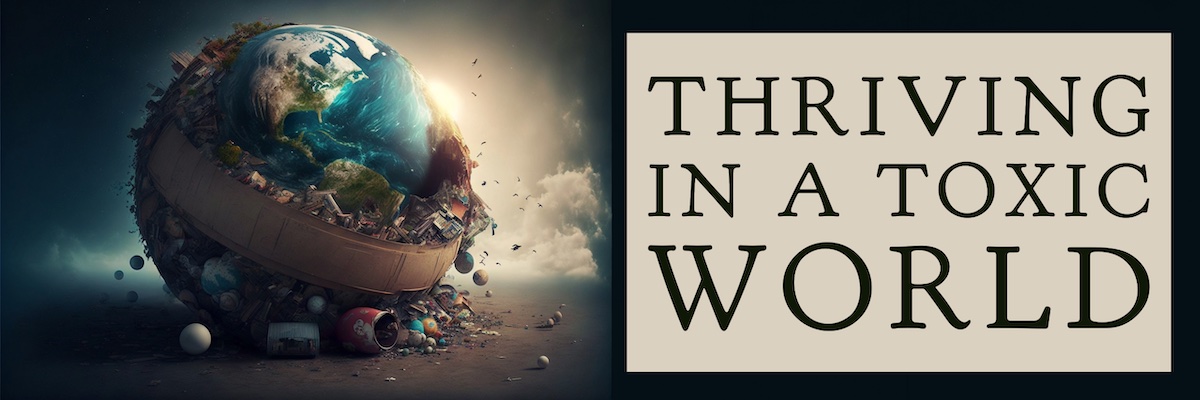
Recently a major chemical spill made national headlines. However, this spill is just one among many and incidents where toxic chemicals are accidently released into the environment are far more common than most people realize. In a study published by the CDC in 2015, a survey of nine states over a ten-year period from 1999 to 2008 found a total of 57,975 incidents involving “acute chemical incidents.” Remember that’s just nine states, not the entire US!
If these chemicals were substances that broke down readily in the environment there would be less concern, but many of them are persistent organic pollutants (POPs) which means they will linger in the environment for decades, if not hundreds of years.
There are currently over 350,000 chemicals registered for use in industry, agriculture, and medicine. Only a small fraction of them have been adequately tested for safety, and their safety is tested individually, not collectively. While we do enjoy many benefits from the wonderful discoveries of modern chemistry, the growing use of these chemicals is causing increasingly detrimental effects on the health of plants, animals, and human beings.
The Dangers of Chemical Exposure
Many of these compounds are fat soluble, which means they are not easily flushed out of the body. Instead, they lodge in fatty tissues. Their presence is one of the things that makes it difficult for people to lose weight, as the body stores these chemicals in fat to protect itself from them. Even worse, the brain and nerves are primarily composed of fat, so many of these chemicals adversely affect the nervous system, resulting in a wide variety of neurological problems, from depression and anxiety to autism and neurodegenerative diseases.
These chemicals are affecting the rising generation even while they are in the womb. One study found an average of 287 toxic chemicals in the umbilical cords of newborn infants. Many of the chemicals that were present are known to be POPs. This is extremely alarming, especially given the ever increasing rates of neurological disorders in children. These neurological problems include autism spectrum disorder (which now affects about one in one hundred children), ADD, ADHD, Tourette’s syndrome, stuttering, delayed speech development, dyslexia, and behavioral disorders.
Environmental toxins may also be contributing to adult neurological problems like anxiety, depression, insomnia, numbness, tingling, brain fog, sleep apnea, dementia, and mental illness.
Many of these chemicals are endocrine disrupters, which cause hormonal imbalances, especially in the reproductive system. In women, they may be contributing to premature breast development in girls, PMS, uterine fibroids, tender breasts, and heavy menstrual bleeding. Boys may experience undescended testicles, enlarged breasts, and delayed onset of puberty because of these endocrine disrupters. Adult men may experience infertility, prostate problems, and low testosterone levels.
These chemicals also adversely affect the immune system. They contribute to chronic inflammation, impaired immune function, autoimmune disorders, and cancer. They can also interfere with the function of other organs and glands like the liver and thyroid.
Understanding this raises the question, “What can we do to protect ourselves?” The answer to that question is addressed in this issue of Sunshine Sharing. In the articles that follow you'll find a three step plan for not just surviving, but thriving in a toxic world.
Additional Resources
Strategies for Health by Steven Horne
Become a Member
Steven Horne's monthly member program is a way for you to get great information about herbs and natural healing to build your herbal business. Including the ability to share issues of Sunshine Sharing like this one. Click here to learn more.


